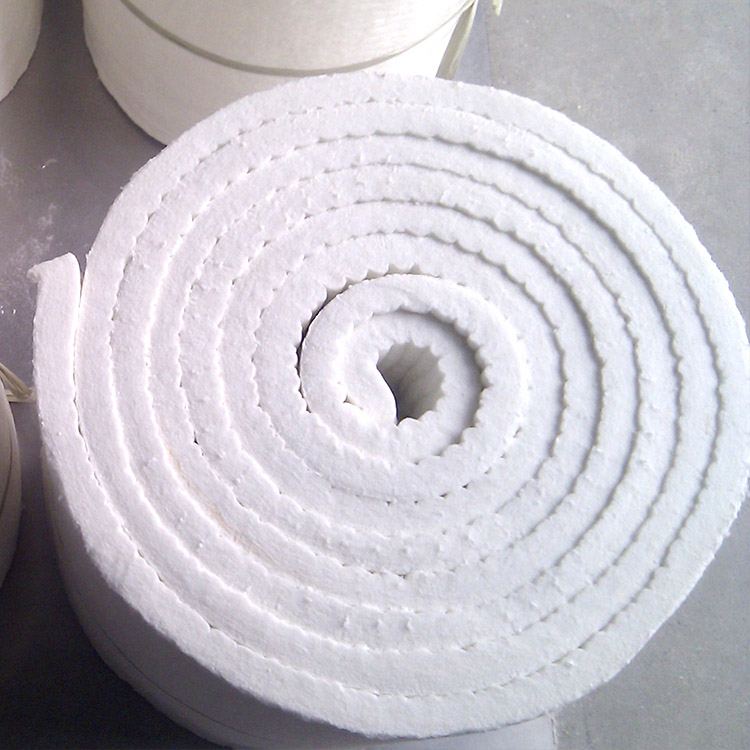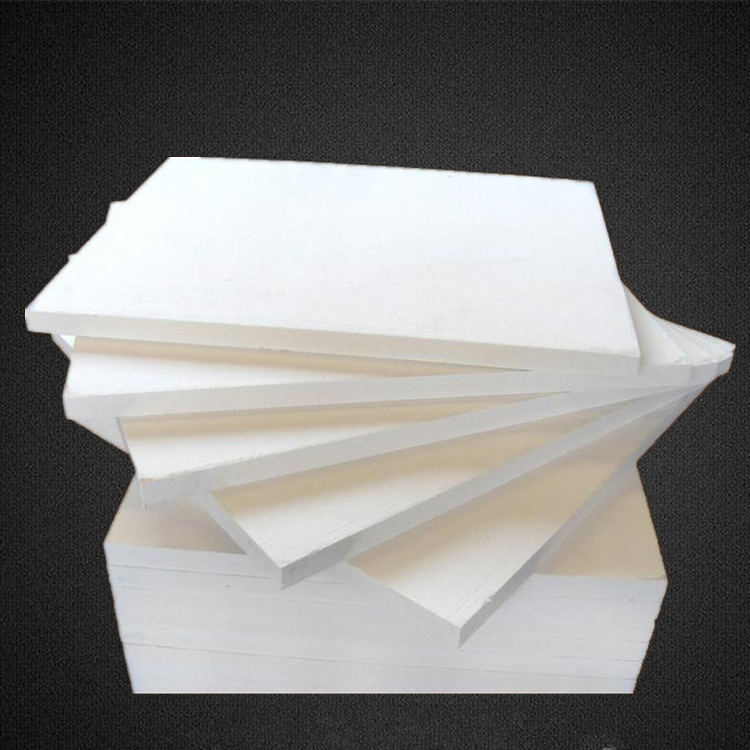
High - temperature furnaces are notorious for their high energy consumption and short service life. This article delves deep into how high - strength refractory clay insulating bricks can fundamentally reduce heat loss, stabilize the thermal field distribution, and extend the service life of furnace linings through their low thermal conductivity and excellent thermal shock resistance.
High - temperature furnaces generally consume excessive energy, and one of the main reasons is the unreasonable insulation layer. According to industry statistics, in some traditional high - temperature furnace operations, energy consumption can account for up to 60% of the total production cost. The inefficient insulation layer not only leads to high energy waste but also shortens the service life of the furnace lining due to uneven thermal stress.

The low thermal conductivity of insulating bricks plays a crucial role in blocking the heat conduction path. A low thermal conductivity of about 0.1 - 0.3 W/(m·K) can effectively reduce the heat transfer rate, compared to traditional refractory materials with a thermal conductivity of 0.5 - 1 W/(m·K). Moreover, the thermal shock resistance of these bricks ensures the structural stability of the furnace lining. When the furnace experiences rapid temperature changes, the excellent thermal shock resistance prevents the bricks from cracking or spalling, maintaining the integrity of the insulation structure.
The control of gaps, the arrangement of expansion joints, and the treatment of inter - layer sealing have a significant impact on the insulation efficiency. For example, proper gap control (usually within 1 - 2 mm) can prevent heat leakage through small cracks. The correct arrangement of expansion joints allows the bricks to expand and contract freely during temperature changes, reducing the risk of structural damage. Inter - layer sealing can improve the overall insulation performance by up to 15 - 20%.

In typical chemical and metallurgical scenarios, the use of these insulating bricks has shown remarkable results. In a chemical plant, after using high - strength refractory clay insulating bricks, the energy - saving rate increased by 25%, and the service life of the furnace lining was extended by 30%. In a metallurgical enterprise, the energy - saving rate reached 30%, and the furnace lining life was prolonged by 40%. These data clearly demonstrate the effectiveness of the insulating bricks in improving energy efficiency and extending the service life of furnace linings.
Insulating bricks play a strategic role in promoting the low - carbon transformation of enterprises. As global environmental regulations become more stringent, using energy - efficient insulating materials is not only a matter of cost - saving but also a long - term strategic choice. In the future, with the continuous development of technology, insulating bricks will become more efficient and environmentally friendly, leading the trend of green production in the high - temperature furnace industry.

Are you ready to revolutionize your high - temperature furnace operations? Discover how our high - strength refractory clay insulating bricks can bring you significant energy savings and extend the service life of your furnace linings. Click here to get a customized product solution or contact our technical support team.


